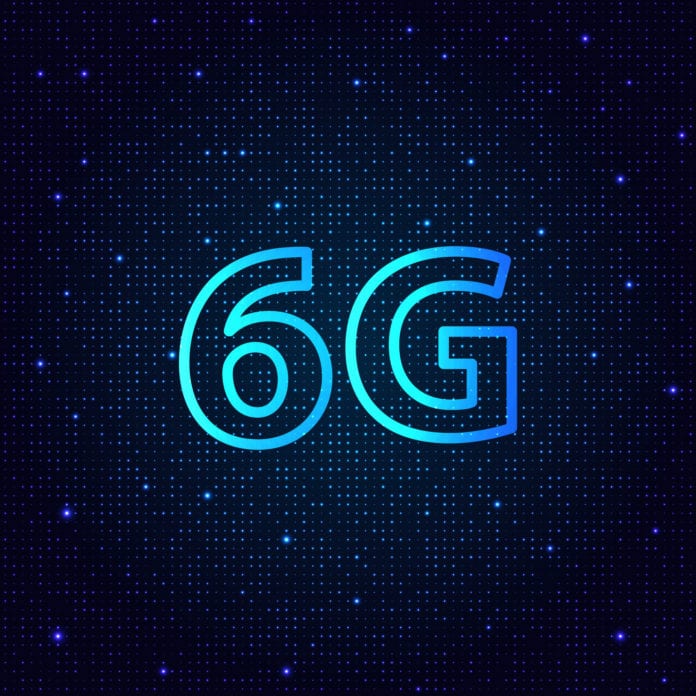This is the first in a series of four articles that dive into the concepts and technologies being researched for future 6G systems, as well as the possible capabilities and technical challenges associated with early 6G development.
Is it really already time to be thinking about the next generation of wireless technology, when 5G is still so early in its development? Although it’s years out from official standardization, 6G is closer than you think. For universities, governments and telecom company research and development bodies, the work to figure out 6G has begun.
Andreas Roessler, technology manager at test and measurement company Rohde & Schwarz, has charted a tentative timeline for the emergence of 6G, assuming that 1) 5G follows roughly the same number of 3GPP releases and timing framework that LTE has had, and 2) that the World Radio Conference, which meets every four years, handles 6G spectrum allocation in a similar manner to its treatment of 5G. His best estimate? The set of technology specifications that will eventually be known as 6G will begin to emerge in a 3GPP Release 22 sometime in late 2027-2028, followed by early network implementations in 2029-2030.
Right now, “we are in the fundamental research phase,” Roessler says. “I typically describe the situation then, as, ‘Everything is 6G, nothing is 6G.’” Since 6G isn’t officially standardized with specific features and functions laid out, that means a whole host of potential technologies or components are being labeled “6G”, but may or may not ever end up actually being 6G.
What are some of the tantalizing possibilities? Rohde & Schwarz sees both an evolutionary aspect of 6G — with even higher expectations for speed, capacity and latency — and a revolutionary one, where 6G enables lifelike extended reality experiences, visible light-based communications and intelligent reflective surfaces.
6G, Roessler says, “is not only about communications, it’s also about sensing – giving your mobile network a sixth sense, if you like. The simplest way to say it is, combining radar capabilities with communication capabilities, so that you can use a communications signal at the very same time to also sense the environment and identify an object.” Initially, he hypothesizes that such a capability would be used to strengthen the communications link. The combination of sensing and communications could enable a network to navigate around signal barriers, detect and respond to objects. Access to wider bandwidths—in particular, at the very high terahertz frequencies that are being explored for 6G—could further increase the resolution detection, and perhaps support concepts like holographic communications or Tony Stark-level digital twins.
“These futuristic, science fiction things that we have all seen in Hollywood and the movies – it seems to be we are very much closer to that with 6G than we are today with 5G,” Roessler says. In particular, he says that holographic communications could revolutionize how people interact with devices in the same way that 4G introduced smartphones that forever changed how people use their phones. It’s possible that 5G may be an intermediate stop on the road to 6G and a fully-realized digitalized, sensing reality.
“If 6G is really giving you the ability to do that, that opens up new ideas and areas of application,” Roessler says. “Our kids will use it; they will come up with creative ideas.”
More information on 6G from Rohde & Schwarz is available here.

